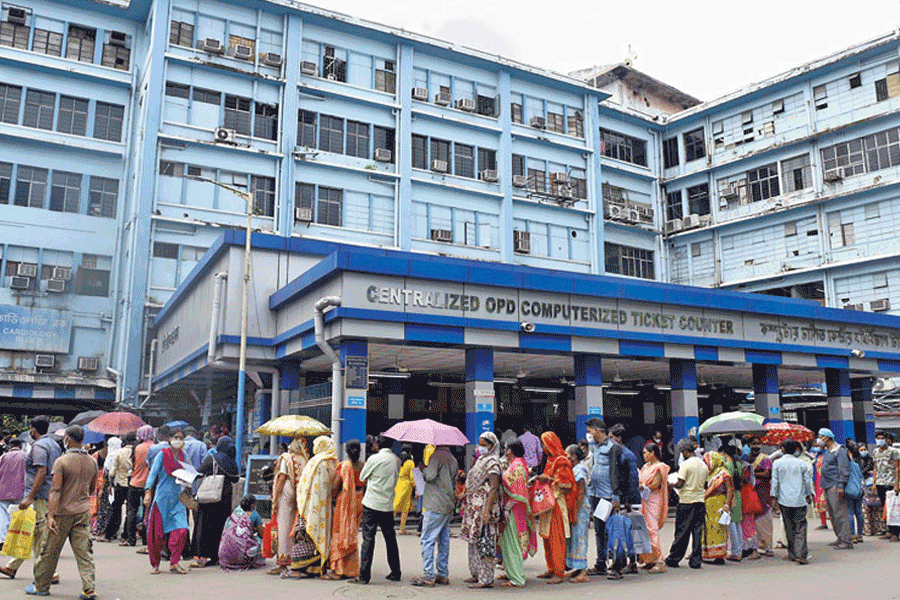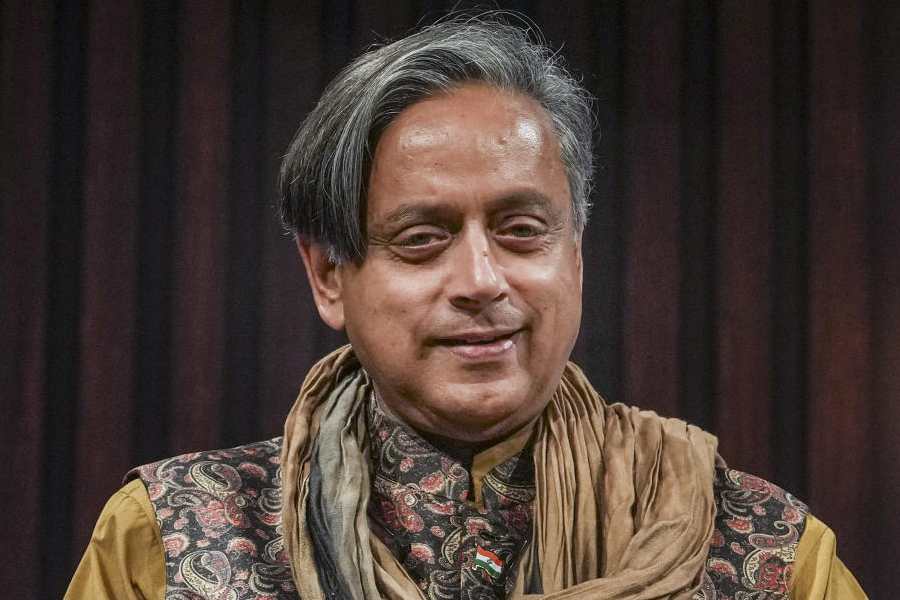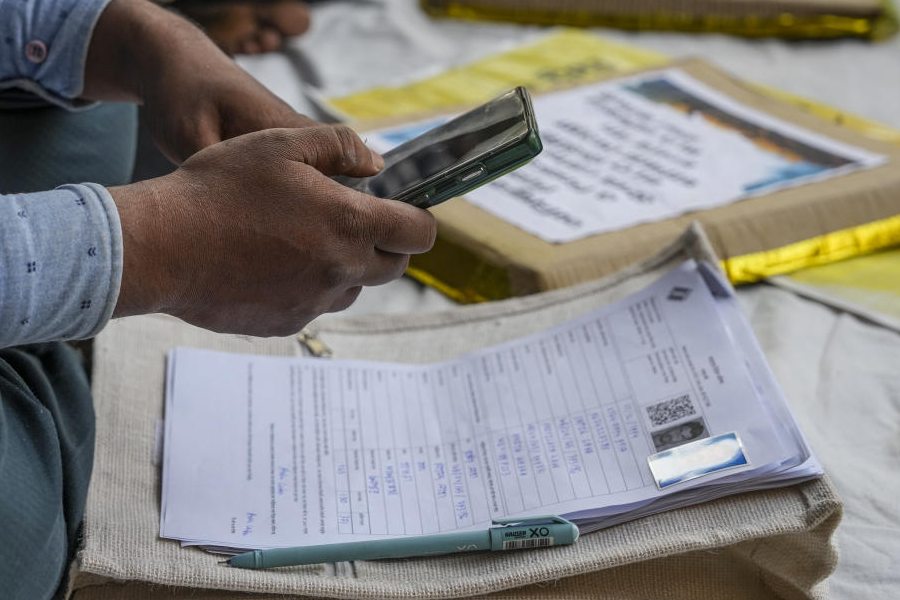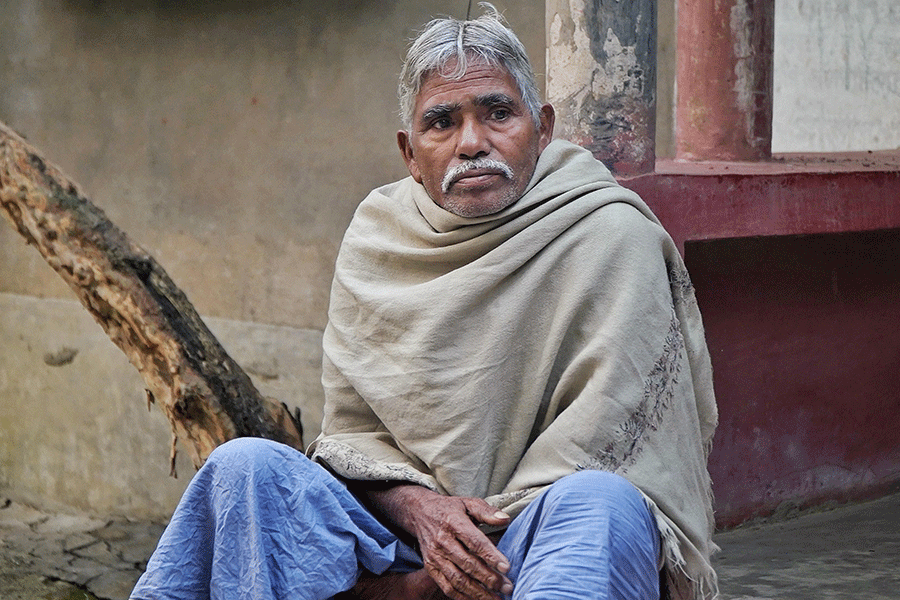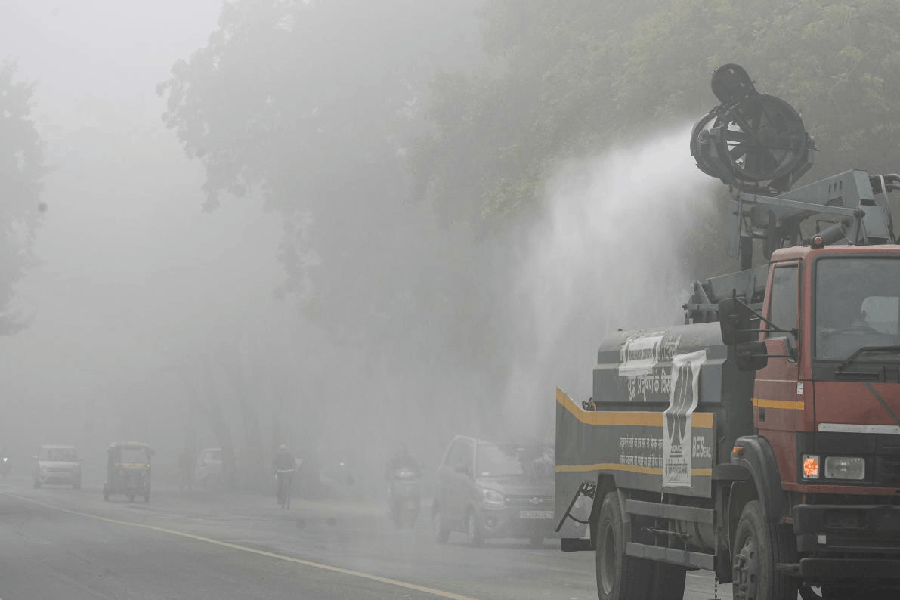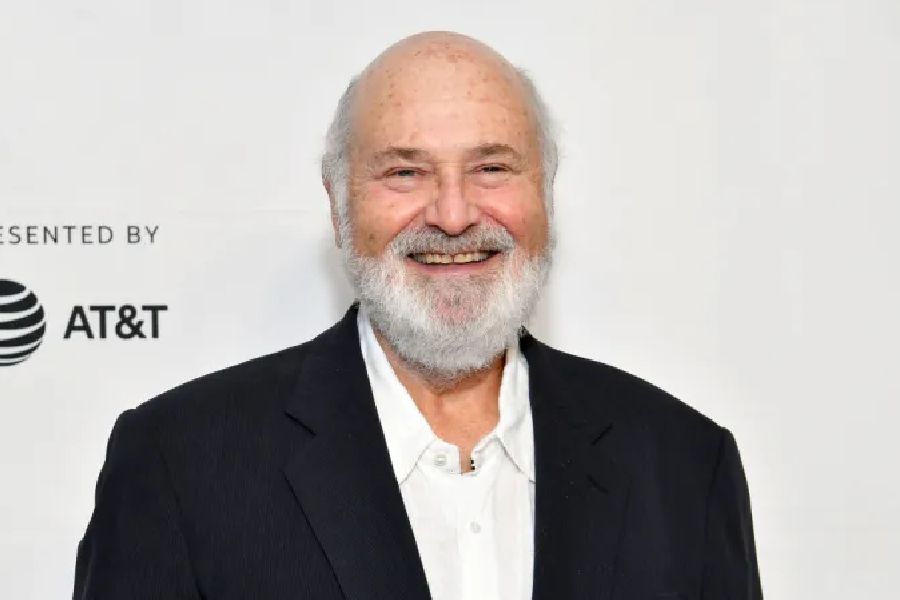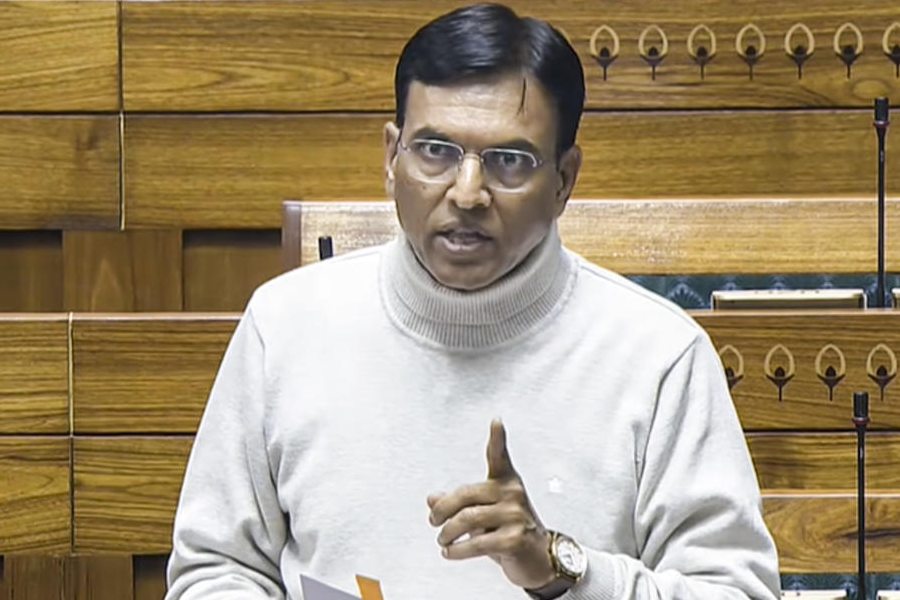Over the last few years, specially after the horror of the Covid pandemic, India’s middle class has been discussing – in hushed whispers, at the dinner table or sipping tea with colleagues – how they are one medical emergency away from penury.
Via President Droupadi Murmu, the Narendra Modi government would have you believe otherwise.
“With improved hospital facilities, treatment options and the availability of medicines, healthcare expenses for ordinary families are steadily decreasing," President Murmu said addressing both Houses of Parliament on Friday, the first day of the Budget session.
She was, of course, referring to government health care, but most people’s lived experiences – be it at private hospitals or government ones, whether insured or uninsured – will contradict President Murmu’s speech prepared by Prime Minister Modi’s government.
India’s per capita expenditure on health, just 1.5 per cent of the total expenditure, is among the lowest in the world. The US, considered the third world of the first world in terms of government health care, spends 18 per cent of its GDP on health care.
At least since last October, those involved in the sector have been warning the government about rising expenditure in health care. Multiple reports have said that India’s medical inflation is 14 per cent, the highest in the world.
“I don’t know from which Eiffel Tower they have seen the decreasing cost of health treatment. The reality is completely different,” Nikhil Jha, founder of Hercules Health Insurance, a Mumbai-based company, told The Telegraph Online.
Jha cited the case of a Mumbai family who were forced to sell their home to cover the Rs 16 lakh to cover the expenses for the mother’s breast cancer treatment as she did not have medical insurance.
“Cost of healthcare is escalating quickly because of medical inflation. The Aayushman Bharat scheme does not cover all the diseases and there is a question mark over the quality of treatment provided,” Jha said.
A senior official in a private hospital in Calcutta said the phrase “decreasing medical expenses” is extremely subjective.
“Someone with a medical insurance coverage of Rs 15 lakh and above may not be subjected to much out-of-pocket expenses. The same does not hold true for someone with an insurance cover of Rs 5 lakh. By the time they are transferred to the ward from the emergency they would not even realise where the money went,” he said.
He cited the case of a patient admitted to the hospital with a life-threatening cerebral attack. The patient had an insurance coverage of Rs 5 lakh and had to pay another Rs 13 lakh to meet the hospital expenses.
Consumables are not covered under medical insurance and in most hospitals the prices have been escalated, forcing patients and their kin to spend more on out-of-pocket expenses in health care.
In her speech President Murmu said that considering the rising number of cancer patients and the high cost of treatment, several cancer drugs have been exempted from customs duty.
In September 2024, at the 54th GST Council meeting chaired by Union finance minister Nirmala Sitharaman, the Goods and Service Tax on three anti-cancer medicines sold by the British-Swedish pharmaceutical and biotechnology company AstraZeneca were reduced from 12 per cent to 5 per cent. In the same meeting, the GST council had decided to slash the GST on namkeens and savoury food items from 18 per cent to 12 per cent.
Former Union secretary of health K. Sujatha Rao, writing about her own experience with her sister’s treatment, seven years ago wrote: “India’s health sector operates in highly competitive to oligopolistic market conditions. In the same hospital, earnings range from fees for services to reimbursements from multiple insurers. In such a situation, prices for the same service may vary. Variance also depends on the mode of payment. Pricing is, thus, non-transparent and often arbitrary. It can also be driven by the nature of the hospital’s financing — its own funds, bank loans, donations, venture capital funding, or stock markets.”
A report published by the Niti Aayog in 2021, headlined ‘Health Insurance for India’s Missing Middle,’ noted that at least 40 crore – about 30 per cent of the population – people lack any financial protection for health.
In September 2018, the Narendra Modi government launched Ayushman Bharat-Pradhan Mantri Jan Arogya Yojana providing an insurance cover of Rs. 5 lakh per family, a steep rise from the measly Rs 30,000 per year before.
The umbrella still fell short.
Many realised later the scheme was applicable only in case of hospitalisation. Pre-hospitalisation diagnostic tests were not covered. These could cost from a few thousand to Rs 20,000, depending on the number of tests advised – a bolt for anyone dependent on the government for health cover.
Out-of-pocket expenditure and catastrophic health expenditure remain a concern for the middle, lower income groups and the vulnerable daily wage earners.
A survey conducted in 2023 revealed that the Aayushman Bharat scheme had reduced out-of-pocket expenditure by a mere 17 per cent in private healthcare facilities and none at all in the public healthcare system.
A McKinsey report published last year pointed to the roadblocks in India’s health insurance sector – such as slow innovation, profitability concerns and gaps in market penetration.
The Economic Survey published on Friday, a day before the Union Budget, stated: “Life insurance penetration dropped marginally from three per cent in FY 2023 to 2.8 per cent in FY 2024, while non-life insurance penetration remained stable at one per cent. With an overall insurance penetration rate of 3.7 per cent, below the global average of seven per cent, there is a notable gap in coverage that presents opportunities for insurers to expand their reach.”
There is a suggestion from the insurance companies to reduce the tax burden by increasing the limits under Section 80D of the income tax for premium paid for health insurance to Rs 50,000 for all and Rs 1 lakh for senior citizens for the Narendra Modi government to achieve its target of insurance for all by 2047.
This, the companies say, will help reduce the financial burden on families investing in health insurance.
Twenty-one days ago, a retired man had asked on the social media platform X if there was anyone in the Indian government to protect him.
“I am 61 years old. In perfect health. @ICICILombard protects me for years now. No claim till date. I pay premium for 2 years. Last one was in Jan '23. It's renewal time now. The premium has just gone up by 90%. @FinMinIndia. @JPNadda Anyone from GOI to protect us?”, the user, Rajeev Matta, wrote.
Following multiple complaints from a vast section of the population including the elderly, the Insurance Regulatory and Development Authority of India issued a circular on Friday restricting general and health insurance companies from hiking health insurance premiums to senior citizens by more than 10 per cent in one year.
The IRDA appears to have heard Matta. Evidently, President Murmu hasn’t. Or maybe someone with private healthcare insurance does not fit into the government’s definition of “ordinary families”.


